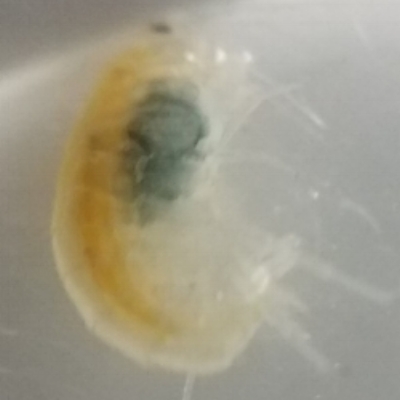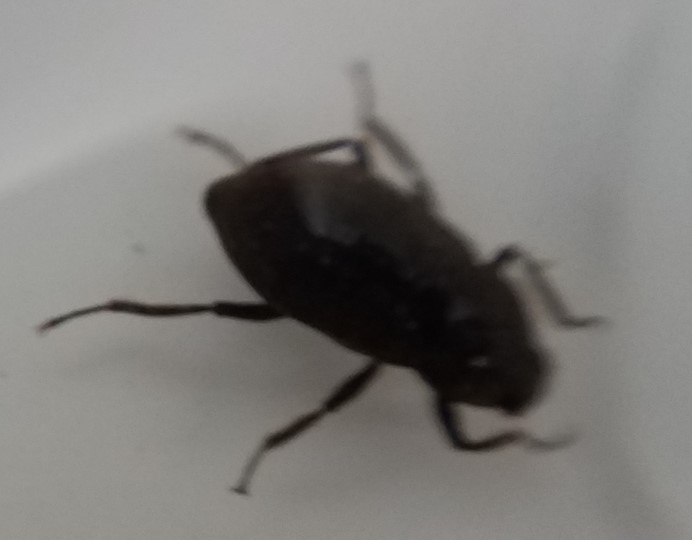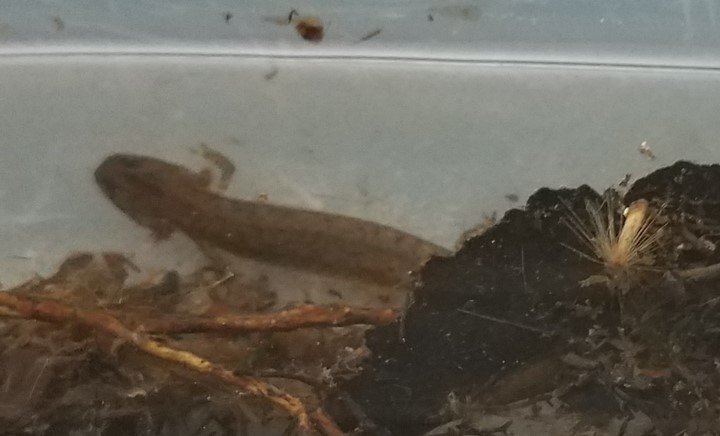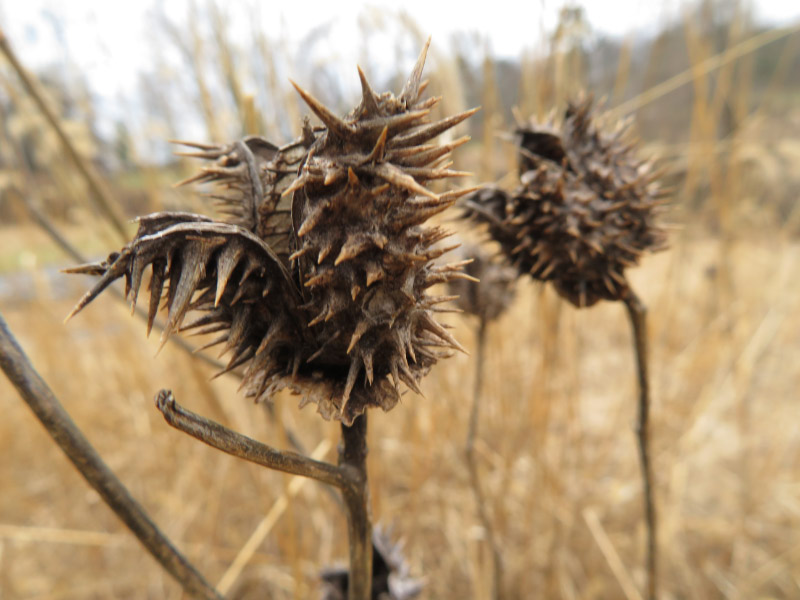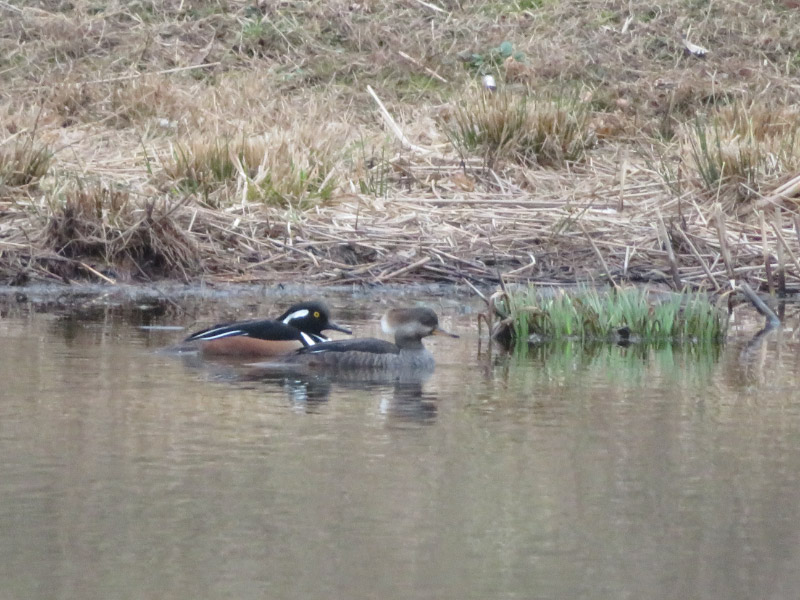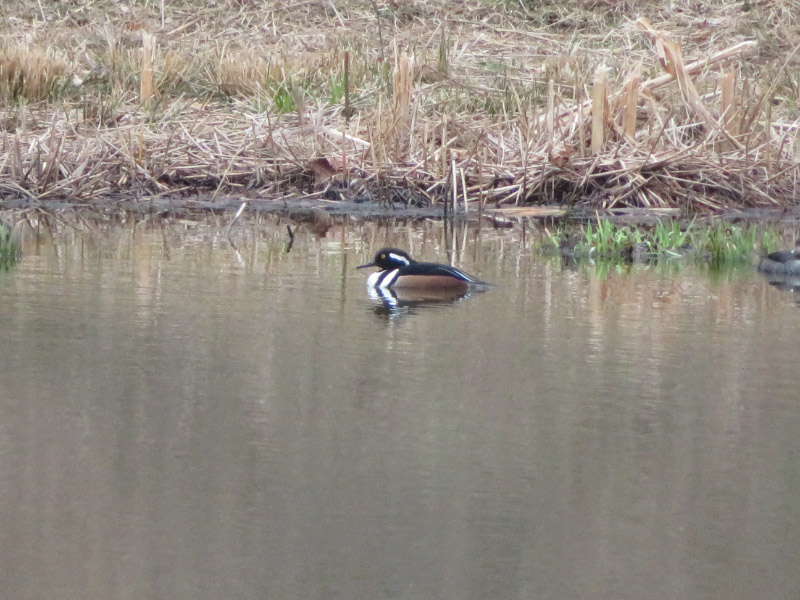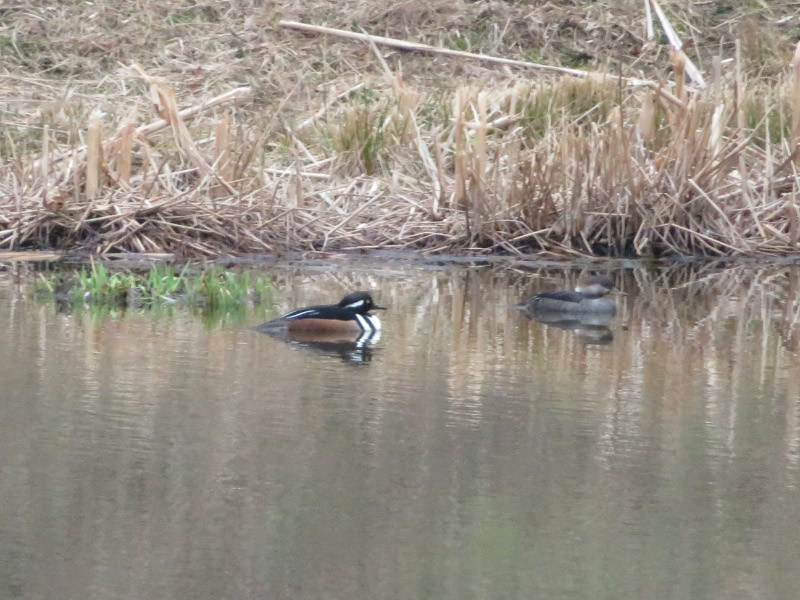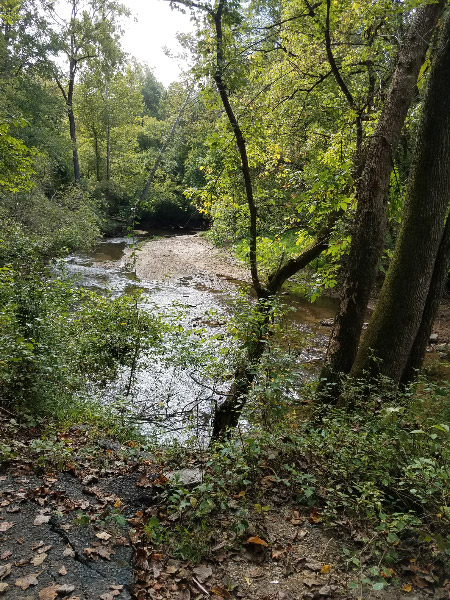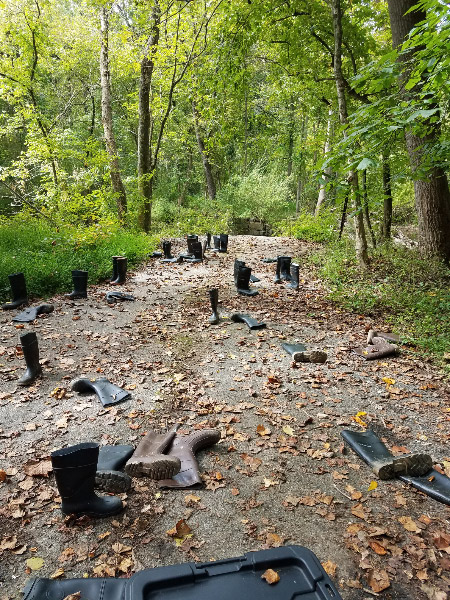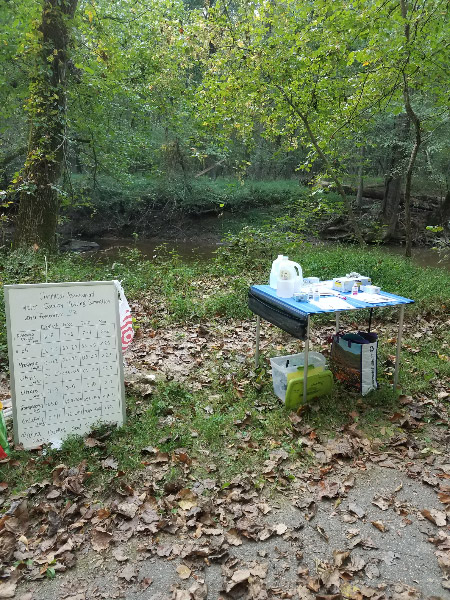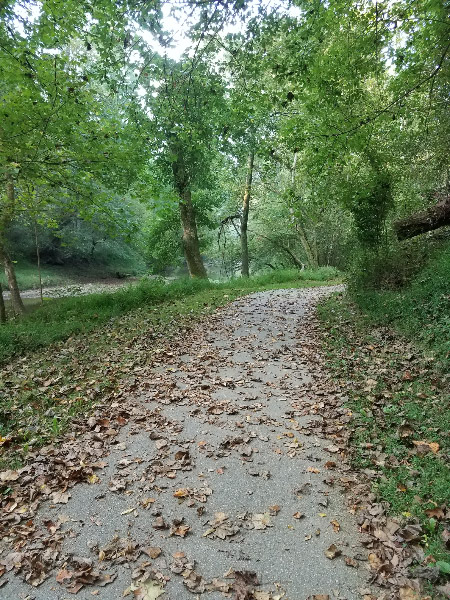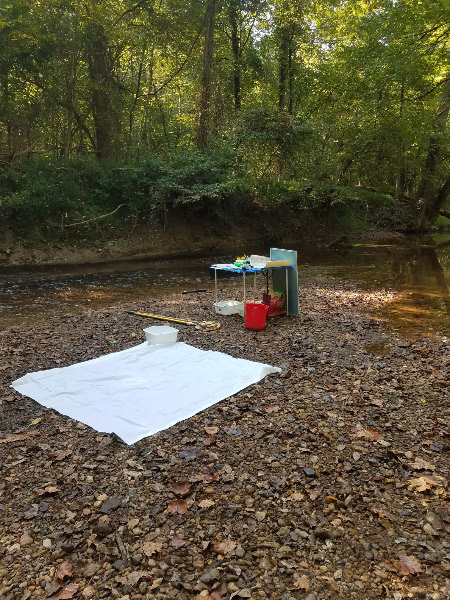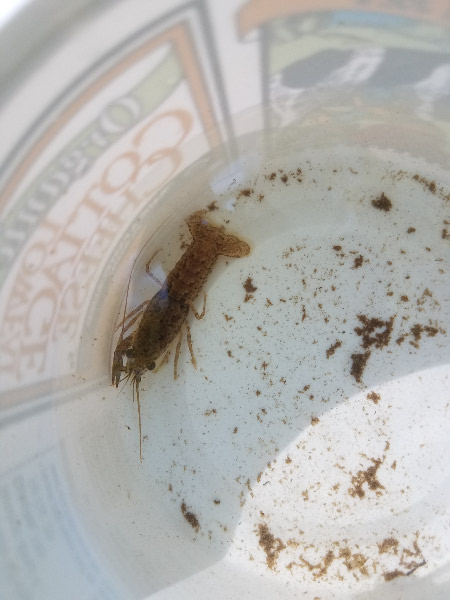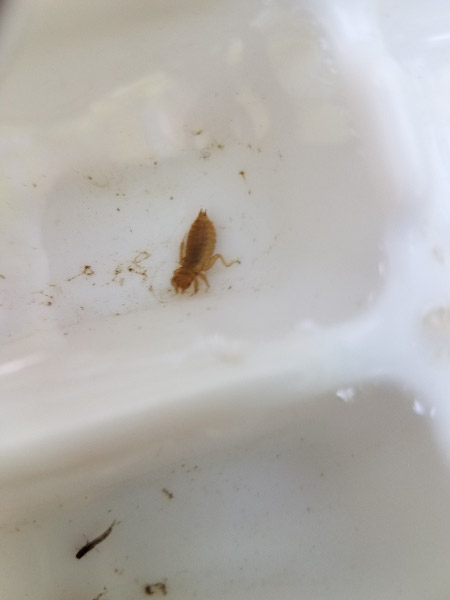In the Middle Patuxent River
/Last weekend I participated in the quarterly water quality monitoring of the Middle Patuxent River at Robinson Nature Center. The temperature was in the mid-40s it felt warmer with the sun shining and the river level less breezy that the top of the nearby hills. We hiked down taking a short cut through the forest and crossed the river.
The crossing was a little tricky for those of is with boots (Me and several others) rather than waders but we made it across with only one person getting water in one of her boots. There is a whale-shaped rock that is a landmark for where the quarterly surveys take place.
We used D-nets and tubs to collect macroinvertebrates from leaf wads and riffles. The leaf wad my partner and I worked on had lots of little critters, a very large crane fly larvae and a frog. Everything went into the tub except the frog which we put back into the river (not a macroinvertebrate….and not easily contained anyway). After collecting for over an hour we headed back across the river to the lab with buckets to search through of macroinvertebrates to identify.
Back in the lab we emptied the buckets into smaller plastic bins and started separating the macroinvertebrates into ice cube trays for identification. We were after diversity and numbers of macroinvertebrates, so we were sifting through everything very carefully. I used a macro lens attached to my cell phone camera to get a few pictures.
There were a few things that were not macroinvertebrates but they were in the sample which were generally bigger than the macroinvertebrates and moved around a lot – a little distracting while we were searching. Several of us had salamanders (me included) and one person has some small fish!
Our team lead completed the form to submit for the monitoring session; the river scored about the same as the last sampling in January which is better than 85% of other Maryland water sources. Hurray for the river!




